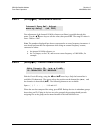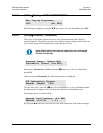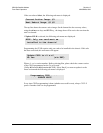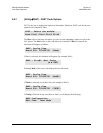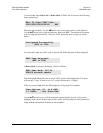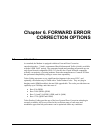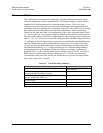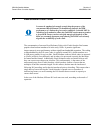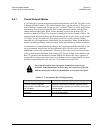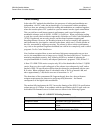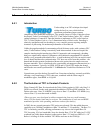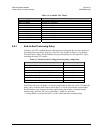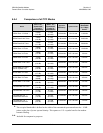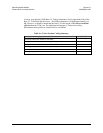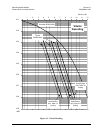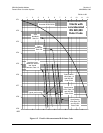
CDM-Qx Satellite Modem Revision 5
Forward Error Correction Options MN/CDMQx.IOM
6–4
6.3.1 Closed Network Modes
A 220,200 code is used in transparent closed network modes, and a 200, 180 code is used
in framed (EDMAC) modes. (220, 200 means that data is put into blocks of 220 bytes, of
which 200 bytes are data, and 20 bytes are FEC overhead.) These two codes were chosen
because they fit well into Comtech EF Data’s clock generation scheme, and they have
almost identical coding gain. When Viterbi decoding is used as the primary FEC, an
interleaver depth of 4 is used. The increase in coding gain is at the expense of delay. The
interleaving/de-interleaving delay and the delay through the decoder itself can be as high
as 25 kbps. At very low data rates, this equates to several seconds, making it highly
unsuitable for voice applications. Additionally, the de-interleaver frame synchronization
method can add significantly to the time taken for the demodulator to declare acquisition.
A characteristic of concatenated R-S coding is the very pronounced threshold effect. For
any given modem design, there will be a threshold value of Eb/No below which the
demodulator cannot stay synchronized. This may be due to the carrier-recovery circuits,
or the synchronization threshold of the primary FEC device, or both. In the Modem, and
Rate 1/2 operation, this threshold is around 4 dB Eb/No. Below this value, operation is
not possible, but above this value, the error performance of the concatenated R-S system
produces exceptionally low error rates for a very small increase in Eb/No.
CAUTION
Care should be taken not to operate the demodulator near its sync
threshold. Small fluctuations in Eb/No may cause total loss of the link,
with the subsequent need for the demodulator to re-acquire the signal.
Table 6-2. Concatenated R-S Coding Summary
FOR AGAINST
Exceptionally good BER performance
- several orders of magnitude
improvement in link BER under given
link conditions.
Very pronounced threshold effect - does not fail
gracefully in poor Eb/No conditions. Additional coding
overhead actually degrades sync threshold, and reduces
link fade margin.
Very small additional bandwidth
expansion
Significant processing delay (~25 kbits) - not good for
voice, or IP applications
Adds to demod acquisition time.



